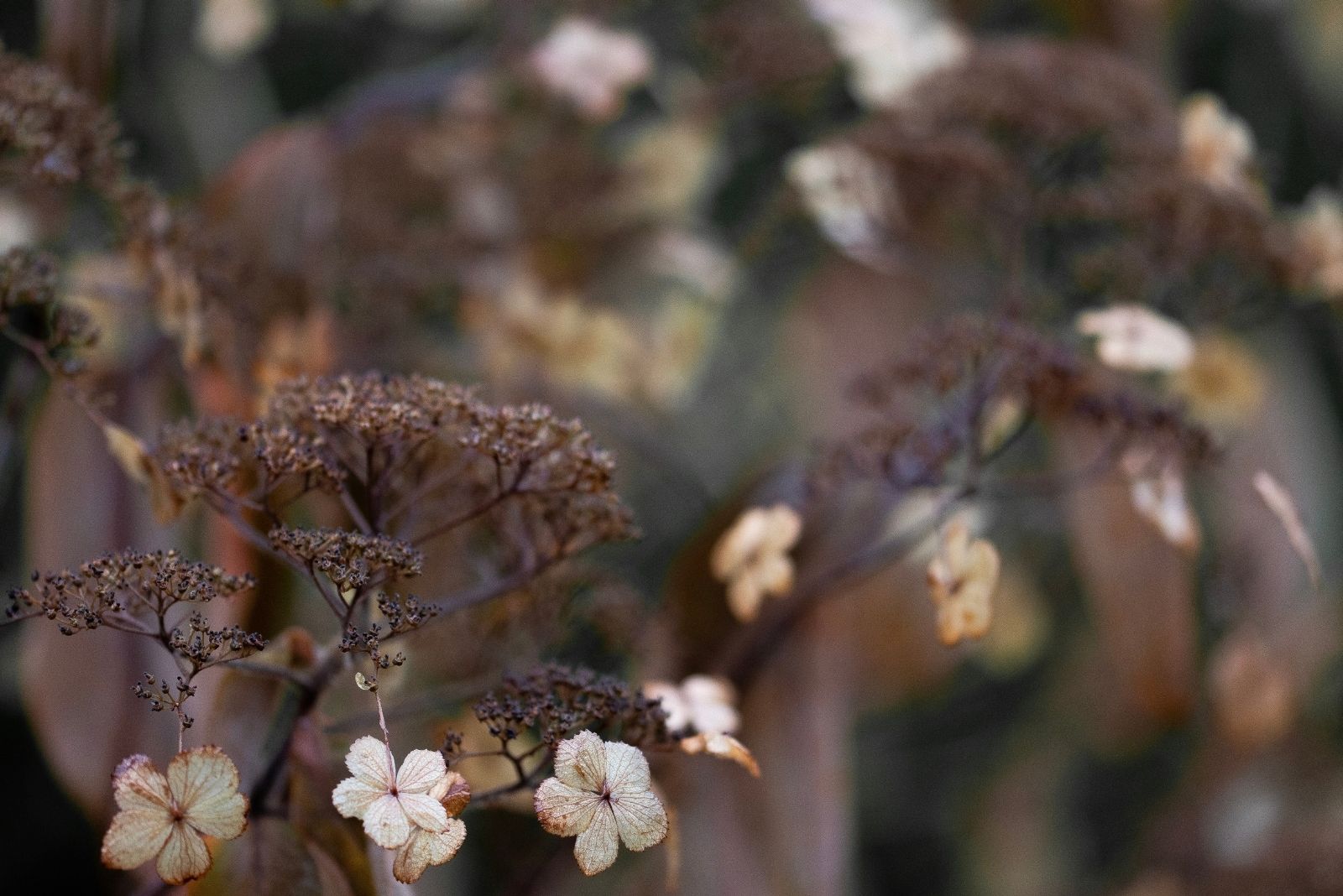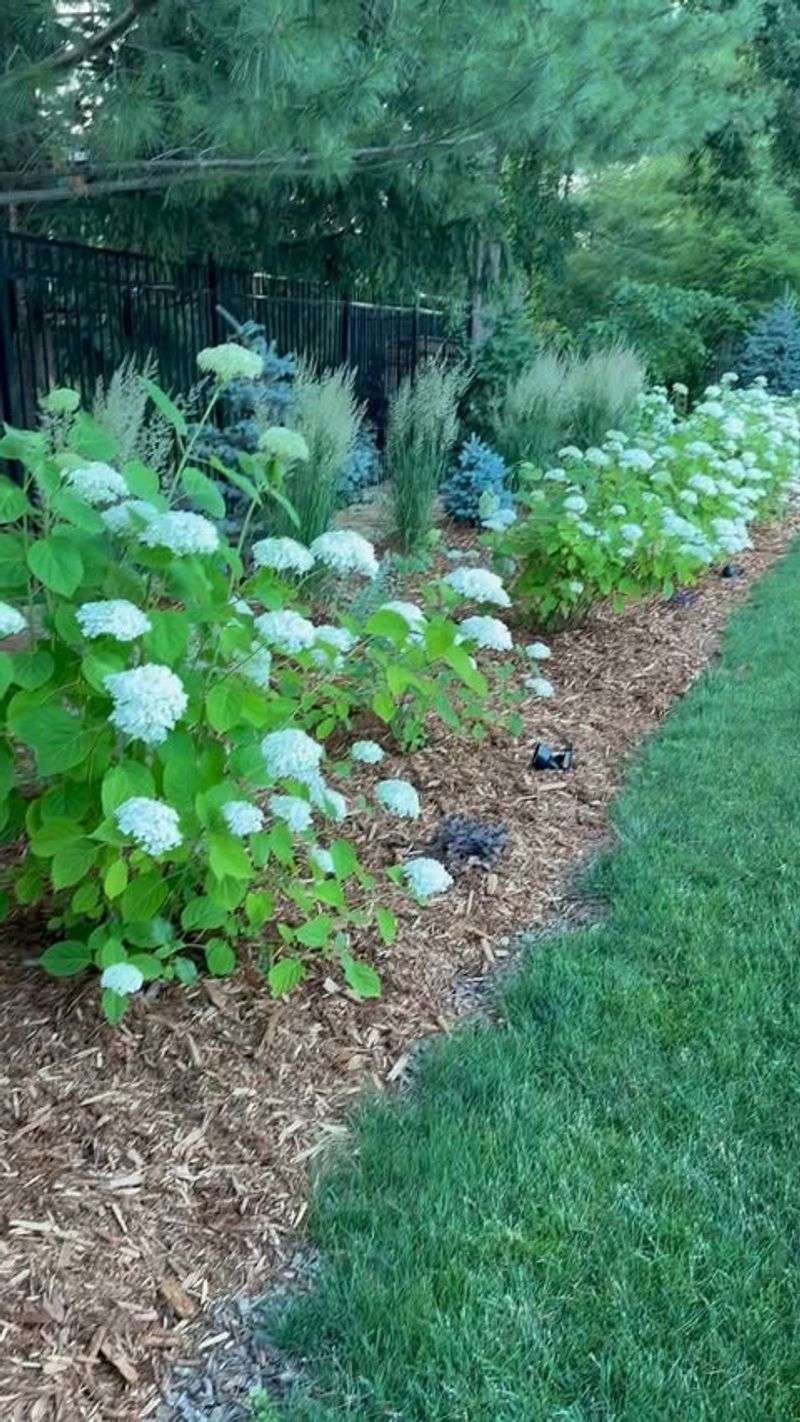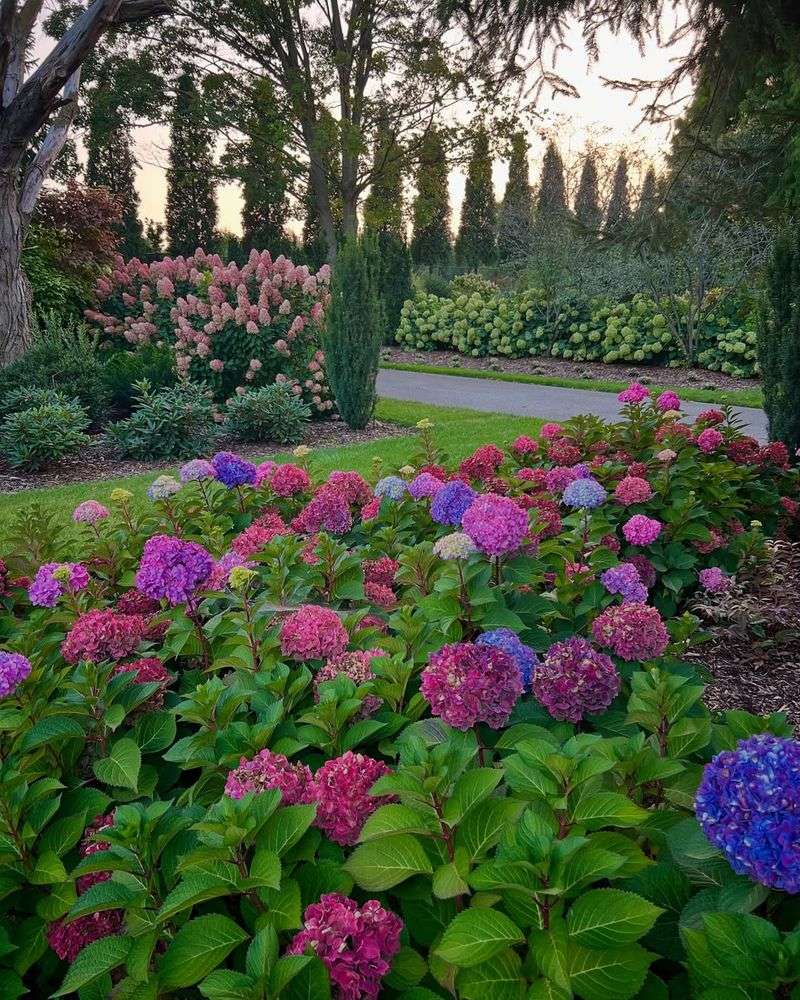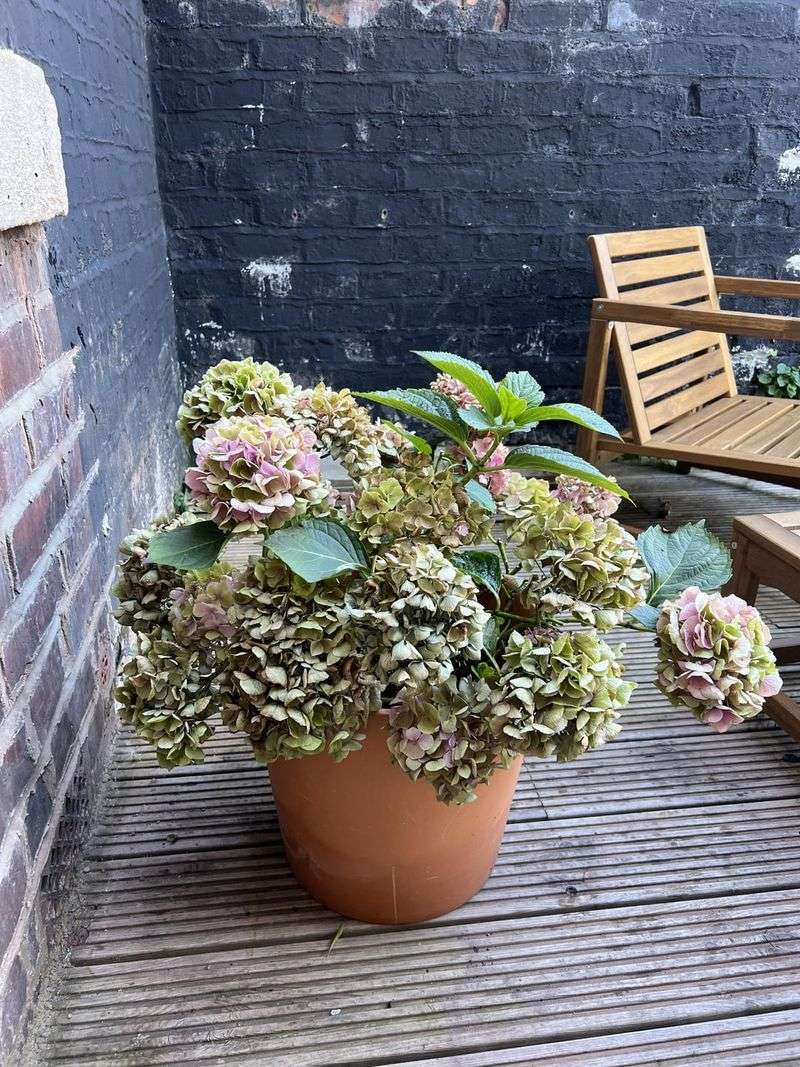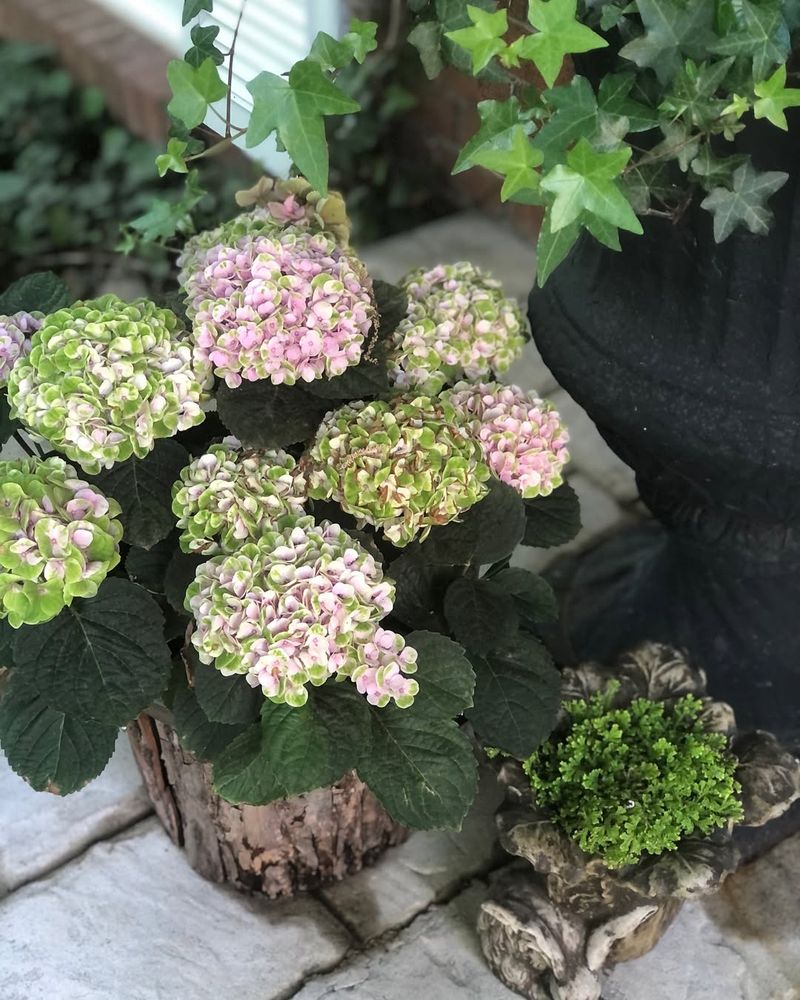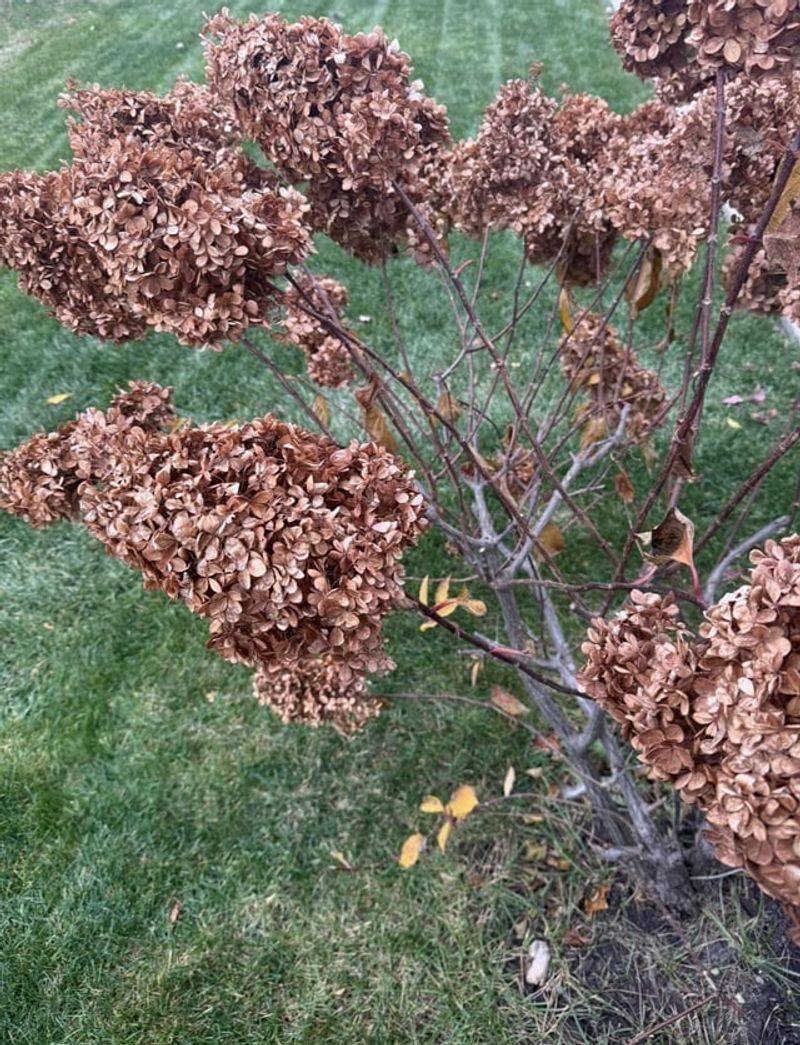Winter’s rolling in quickly across Maine, and your hydrangeas are counting on you. These beloved shrubs need a little care now to avoid serious damage once the freeze hits.
Without proper prep, cold weather can take a toll—especially on next year’s blooms. The next few days are your window to wrap things up before temperatures drop.
I’ve found that a few simple steps, like mulching and covering, can make all the difference. Protecting your plants now means a healthier, more colorful garden come spring.
1. Wrap Your Hydrangea Bushes With Burlap
Burlap creates a protective barrier that shields your hydrangeas from harsh winter winds and freezing temperatures. Many Maine gardeners swear by this method because it allows air circulation while blocking damaging elements.
Start by placing wooden stakes around the plant in a circle. Then wrap burlap around the stakes, leaving the top open for ventilation. Secure everything with twine or garden clips.
This simple technique can mean the difference between healthy spring growth and disappointing dead branches when warm weather returns.
2. Add A Thick Layer Of Mulch Around The Base
Your hydrangea’s roots need insulation from Maine’s freezing ground temperatures. A generous mulch layer acts like a warm blanket, keeping soil temperatures more stable throughout winter months.
Pile wood chips, shredded leaves, or straw about six to eight inches deep around the base. Make sure the mulch extends outward to cover the entire root zone.
Wait until after the first hard frost to apply mulch, which prevents rodents from nesting in the cozy material during warmer fall days.
3. Stop Fertilizing Immediately If You Haven’t Already
Fertilizing now would be like giving your hydrangeas an energy drink before bedtime. New growth triggered by nutrients will be tender and vulnerable, getting zapped by the first hard freeze.
Plants need time to harden off and prepare for dormancy. Any soft new growth won’t survive Maine’s brutal winter conditions and weakens the entire plant.
Put away all fertilizers until spring arrives and temperatures consistently stay above freezing for several weeks straight.
4. Water Deeply Before The Ground Freezes Solid
Hydrated plants survive winter stress much better than thirsty ones. Winter winds and cold temperatures actually dry out plant tissues, causing damage that looks like freeze injury.
Give your hydrangeas a long, slow watering session that soaks deep into the root zone. The soil should be moist but not waterlogged when freezing temperatures arrive.
Think of this as filling up your plant’s water tank before a long journey through the harsh Maine winter months ahead.
5. Leave The Dead Flower Heads On The Plant
Those dried blooms might look messy, but they serve an important purpose during winter. The old flower heads provide extra insulation for the delicate buds forming underneath them.
Resist your urge to tidy up the garden right now. Those papery flowers trap air pockets that protect tender growth points from temperature swings and ice damage.
You can remove them in early spring once danger of hard frost passes and you see new leaf buds starting to swell on the stems.
6. Build A Wire Cage Filled With Leaves For Extra Protection
For particularly tender varieties or exposed locations, a leaf-filled cage offers maximum protection. This method works especially well for bigleaf hydrangeas, which struggle most with Maine winters.
Create a cylinder using chicken wire or hardware cloth around your plant. Fill the space between wire and plant with dry leaves, creating thick insulation.
Remove the cage gradually in spring, watching weather forecasts to avoid exposing plants too early to surprise late frosts that damage emerging buds.
7. Check For Broken Or Damaged Branches And Remove Them
Broken branches create entry points for disease and pests during winter months. Walking through your hydrangeas now to spot damage prevents bigger problems when spring growing season begins.
Use clean, sharp pruning shears to make smooth cuts just above a healthy bud. Remove any branches that are cracked, diseased, or rubbing against each other awkwardly.
Save major pruning for spring, though, since cutting too much now removes the natural protection that stems provide to the plant’s crown and roots.

